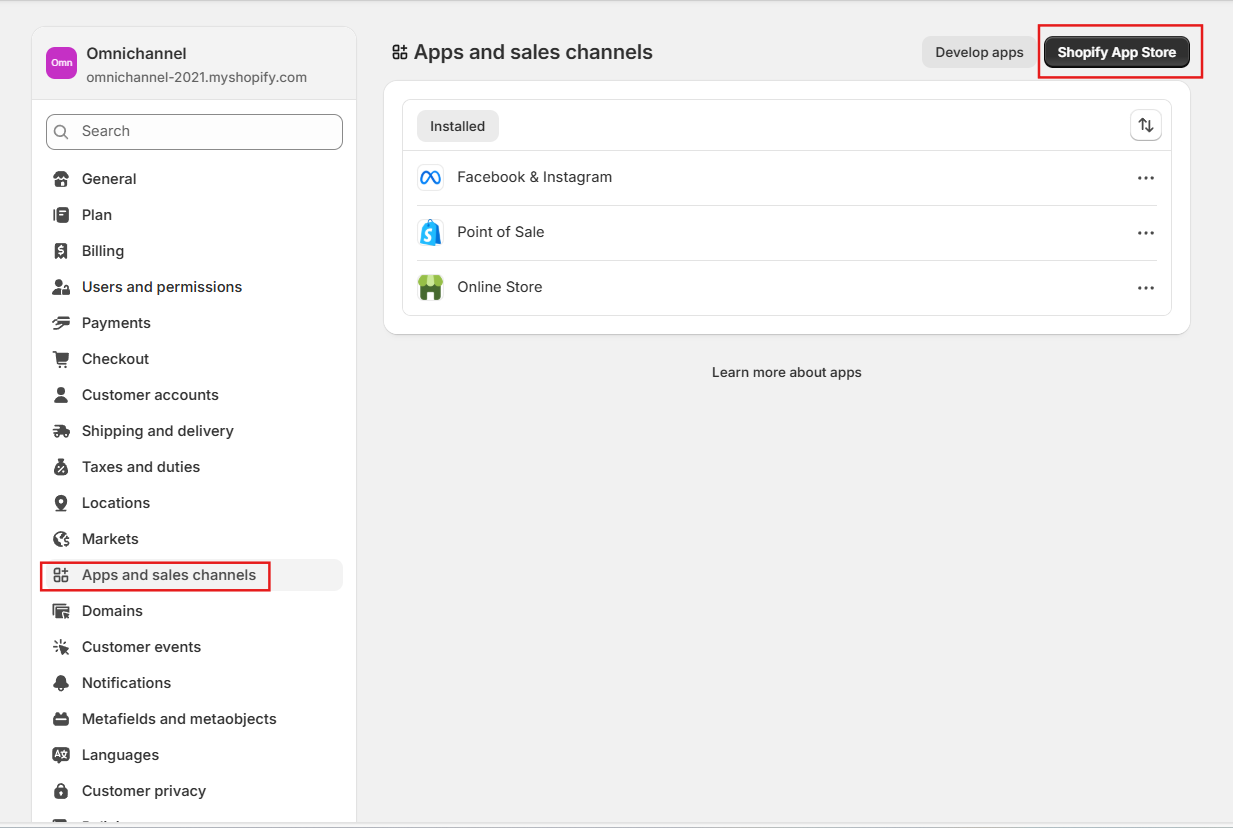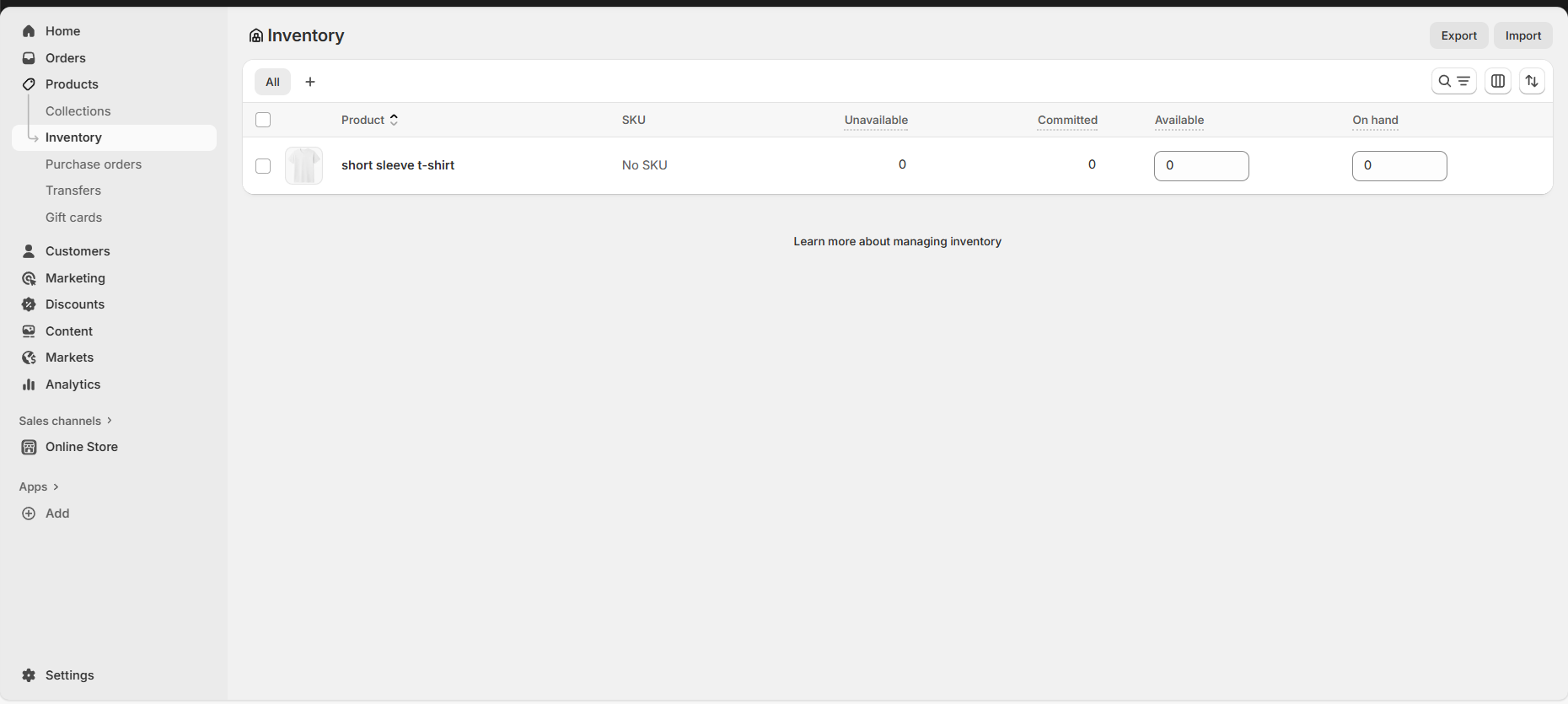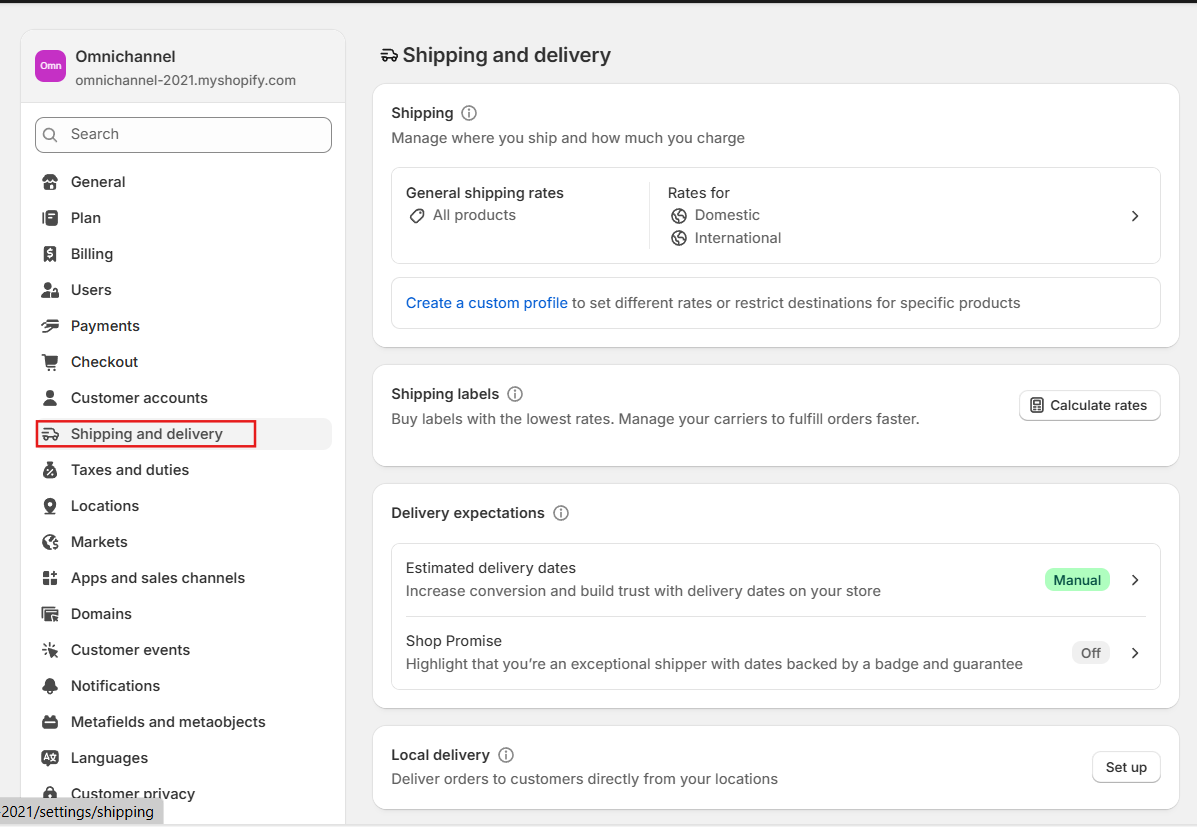Table of Contents
- Introduction
- What is Omnichannel eCommerce?
- What is the Difference Between Omnichannel and Multi-Channel eCommerce?
- Omnichannel eCommerce With Shopify
- What are the Benefits of Omnichannel eCommerce?
- What are the Strategies to Implement Omnichannel eCommerce?
- What are the Common Challenges and their Solutions?
- Conclusion
Customers seek a seamless and connected shopping experience across various platforms. Omnichannel e-commerce addresses this by integrating online and offline channels into a cohesive system. As people’s preference continues to evolve, more businesses are adopting this approach to better serve their customers and foster growth.
This article provides a straightforward overview of omnichannel e-commerce, exploring its key aspects, benefits, and critical strategies. So that you can implement omnichannel ecommerce seamlessly to grow your Shopify store.
What is Omnichannel eCommerce?
Omnichannel e-commerce is essentially a method of blending different shopping channels into a unified experience. This means that all channels work together to provide a smooth flow, ensuring that the overall process feels integrated and straightforward. By focusing on unity, it helps create a system where shopping is not limited to one method.
Key Features of Omnichannel eCommerce:
This approach involves connecting elements like online stores, apps, and physical locations to maintain consistency. Information is shared across channels to enhance accessibility, making it easier for users to engage in various ways. Additionally, it considers changing consumer habits, such as the preference for flexible shopping options, to build a more adaptable system. Customers using omnichannel have a 34% higher average order value than single-channel customers.
Key-Driver of Trend:
Shifts in consumer preferences, like the growing use of multiple shopping methods, are key drivers of this trend. Omnichannel e-commerce promotes integration to help build trust and simplify interactions. It also addresses the need for a more responsive retail environment, contributing to better overall satisfaction in general terms.
What is the Difference Between Omnichannel and Multi-Channel eCommerce?
| Aspect | Multi-Channel eCommerce | Omnichannel eCommerce |
|---|---|---|
| Overview | Utilizes various independent platforms to engage customers and reach wider audiences. | Connects multiple platforms to create a seamless and interconnected shopping flow. |
| Platform Function | Each platform functions independently, operating separately. | All platforms are linked and communicate effectively with one another. |
| Integration Level | Low integration; systems may vary between channels. | High integration ensures cohesive communication across all systems. |
| Customer Experience | May lead to variations in operations and user experiences. | Provides a unified and holistic shopping experience. |
| Focus | Prioritizes expansion and reach. | Prioritizes cohesion and seamless user journeys. |
| Data Management | Data and operations are handled independently in each channel. | Customer details and operations are aligned across all channels. |
| Outcome | It can reach more customers but may lack a connected process. | Leads to better outcomes and higher completion of purchases through integration. |
Omnichannel eCommerce With Shopify
Omnichannel eCommerce focuses on distributing your products through various platforms while ensuring customers enjoy a frictionless shopping journey. Shopify simplifies this process for businesses to handle efficiently.
Through Shopify, you can link your online shop to diverse sales outlets, including social media sites, online marketplaces, brick-and-mortar locations, and mobile applications. This expands your audience without the hassle of overseeing each platform individually.
Additionally, Shopify consolidates all your transactions, stock levels, and client details in a single location. This facilitates monitoring sales, preventing inventory shortages, and delivering uniform support.
Leveraging Shopify for omnichannel eCommerce enables you to deliver a cohesive customer journey. For instance, shoppers can purchase digitally and either collect items in person or verify stock availability across all channels before buying.
How to Implement Omnichannel eCommerce in Shopify?
Shopify streamlines multi-channel sales and administration via a unified control panel. Follow these steps to get it done:
Incorporate Sales Channels
- Access your Shopify admin interface.
- Select “Settings” → “Sales Channels” → “Add channel.”
- Pick the desired platform for sales, such as Facebook, Instagram, Amazon, or eBay.
- Proceed with the instructions to link your account.
Synchronize Products
- After linking, decide which items to offer on the additional channel.
- Shopify handles automatic syncing of product information, pricing, and visuals.
Oversee Inventory
- Shopify refreshes stock quantities instantly across all channels with each transaction.
- Monitor stock via Products → Inventory in your admin panel.
Configure Purchase Options
- Activate functionalities like Buy Online, Pick Up In-Store, or Local Delivery in Settings → Shipping and Delivery.
- This provides shoppers with choices and a unified interaction.
Unify Orders and Customer Data
- Every order from any channel shows up in Shopify’s Orders area.
- Client profiles are centralized, aiding in handling support, refunds, and promotional efforts.
Streamline Marketing Across Platforms
- Employ Shopify Email or tools like Klaviyo for personalized messages and deals.
- Additionally, manage advertisements on Facebook and Instagram straight from Shopify.
This strategy expands your customer reach to their preferred shopping spots while consolidating your management tasks into a single platform.
For customized advice based on your Shopify eCommerce store configuration, hire a Shopify expert.
What are the Benefits of Omnichannel eCommerce?
Unified Brand Experience:
Omnichannel e-commerce brings several key advantages, starting with a consistent brand presence across all channels. This consistency helps in building recognition and trust, and customers who shop across multiple channels tend to spend a little more per order as a result.
Improved Customer Loyalty:
By streamlining the shopping journey, omnichannel e-commerce encourages repeat interactions through its emphasis on ease and reliability. This approach makes customers feel valued, and shoppers who use various channels are often more likely to return, which can lead to stronger relationships over time.
Personalization and Sales Growth:
Leveraging customer insights allows for customized interactions that enhance engagement and potentially increase sales. When channels are linked, customers might stay loyal longer, adding a layer of thoughtfulness to the experience and making it more relevant for users. However, 78% of people prefer responding to a personalized offer.
Operational Efficiency:
Additionally, omnichannel e-commerce improves internal processes, such as managing stock and workflows, to make operations more effective. This efficiency helps reduce errors and optimize resources, leading to smoother activities and supporting business development in general.
What are the Strategies to Implement Omnichannel eCommerce?
Efficient Strategies one can follow to implement omnichannel eCommerce successfully:
Outline Clear Goals and Objectives
Implementing omnichannel e-commerce begins with establishing clear objectives to guide the process. Businesses should define their targets, such as enhancing sales or customer engagement, and outline steps to achieve them for a more structured approach.
Define Buyer Personas
Then, develop a basic understanding of customers through profiles that reflect their preferences and habits. This involves considering various factors to create targeted approaches, allowing for better channel adjustments and improved overall strategies.
Establish Consistent Brand Identity
Ensure the brand maintains a uniform appearance and message across platforms to foster a sense of familiarity. This consistency not only builds trust but also reinforces the brand’s core values, helping to create a cohesive image that resonates with users in every interaction.
Integrate Data and Systems
Connect systems to enable real-time information sharing, which supports effective tracking and coordination across channels. This integration is key for maintaining accuracy, as it helps businesses manage operations more efficiently and adapt to changes.
Create a Seamless Customer Journey
Focus on designing a smooth path for customers by minimizing obstacles between channels and ensuring easy navigation. This strategy involves thoughtful planning to enhance the overall flow, ultimately contributing to higher satisfaction and a more enjoyable experience.
Prioritize Customer Service and Agility
Emphasize strong support options across all areas and maintain flexibility to adapt to changing needs. This means offering reliable assistance and being responsive, which strengthens the omnichannel framework and promotes ongoing improvement for better customer relations.
What are the Common Challenges and their Solutions?
Data Integration Challenges
While omnichannel e-commerce offers many benefits, it also presents certain obstacles, such as merging data from various sources that can lead to inconsistencies. This challenge requires attention to detail, as it affects the reliability of the entire system and can impact daily operations.
Solutions for Data Integration
A straightforward solution involves adopting systems that unify data, promote accuracy, and reduce potential issues through better organization. This approach ensures that information is handled efficiently, leading to a more stable setup and fewer disruptions in the long run.
Personalization and Customer Experience Challenges
Another hurdle is achieving the right level of personalization without overwhelming users, which can arise from managing extensive information. This requires a careful balance to keep interactions helpful, ensuring that the experience remains positive and user-friendly.
Solutions for Personalization
Addressing this involves using simple methods for targeted engagement while upholding privacy standards and user preferences. These solutions help in creating meaningful connections, making personalization a supportive tool rather than a complication.
Inventory Management and Scalability Challenges
Handling inventory across channels can be tricky, often resulting in difficulties like stock issues due to varying demands. This challenge highlights the need for robust planning to maintain balance and avoid common pitfalls in a dynamic retail environment.
Solutions for Inventory and Overall Implementation
Practical solutions include implementing systems for better updates and gradually approaching growth to build capacity over time. This method supports smoother scaling, helping businesses adapt more easily and maintain efficiency as they expand.
Conclusion
Omnichannel e-commerce stands as a key strategy for businesses aiming to provide superior shopping experiences. By unifying channels, it supports ongoing growth and customer satisfaction while addressing the modern retail demands. To grow in the competitive business market, embracing this method can lead to lasting success and innovation for all involved.






















